The food is not only cooked and prepared to be eaten since it is also created in different stunning ways to be photographed. There are several creative ideas that are used for preparing food and making it look very delicious to you once you see it and even before tasting or smelling the food that you see. Here comes the role of photographers to capture amazing photos of food to look delicious and this is why there are photographers types who specialize in food photography. The food is photographed for different reasons as the photographs are used for advertisements, packaging, cookbooks, magazines, and menus. The food photographer does not work alone as there are others who take part in photographing food such as the prop stylist, food stylist, and art director.
All of those work together to create and capture the amazing photos [You also can be a professional photographer from these courses] that we see which encourages us to eat this food once it is served. Here are the top 10 best food photographers in the world with being based on fame and creativity to inspire you and make you enjoy the mouth-watering dishes that are photographed here.
Top 10 Best Food Photographers in the World
10 Teri Lyn Fisher & Jenny Park – United States
Teri Lyn Fisher & Jenny Park decided to work together and start their website that is specially created for posting original recipes and photos for more illustration. Teri Lyn Fisher is the photographer and Jenny Park is the food stylist. They are the owners of Spoon Fork Bacon and their work is based in Los Angeles, United States. They won several awards for having a good cooking blog that offers all that you may need starting from the appetizers that can be easily prepared to creative and delicious ideas for dinner. Learn how to be famous photographer here
9 Nadine Greeff – South Africa
Nadine Greeff is a freelance photographer who specializes in photographing food and focuses more on capturing photos of raw ingredients and food stories. Spontaneity and simplicity in styling food and depending on natural light are the main factors that are responsible for the amazing results that we see. Nadine’s work is based in Cape Town, South Africa and her photos are featured in different magazines and on several blogs worldwide.
8 Lou Manna – United States
Lou Manna is an award winning food photographer who has more than 30 years’ experience in the field of food photography. He started his life as a photographer at The New York Times. His photographs appeared in several marketing campaigns, industry publications and more than 40 cookbooks. Using creative lighting techniques by Lou Manna for capturing his photos are responsible for the mouth-watering images that you see here. Lou Manna is also an author and educator and he reveals many secrets in his book Digital Food Photography.
7 Francesco Tonelli – Italy
Francesco Tonelli is a creative food photographer and is also a professional chef and food stylist who raised in Milan, Italy. His passion for both food and photography are the main reasons behind the success of his work that is based in Union City, New Jersey, United States where he has a large studio that is fully equipped. Burge King, Lipton, PepsiCo, Mandarin Oriental, The New York Times and more are among his major commercial and editorial clients which reflects his great success in the whole world and not just the United States or Italy.
6 David Griffen – United Kingdom
David Griffen specializes in photographing restaurant cuisine and products. Working with award winning and successful food producers, chefs and manufacturers is highly responsible for helping David Griffen to gain more experience and capture stunning photos. David captures his photos for cookbooks, food magazines, national press, apps, packaging, social media and advertising campaigns. David creates videos as well for famous restaurants and food producers.
5 Mowie Kay – United Kingdom
Mowie Kay is a food and travel photographer. He specializes in editorial and commercial food photography. Marks & Spencer, Caffe Nero, Electrolux, Ryland Peters & Small, Frances Lincoln Publishing, Octopus Publishing, Anness Publishing, Harrods, Morrisons, Ocado, Tesco, Jus Rol, The Simple Things, The Wall Street Journal and The Bread Factory are among the major commercial and editorial clients with whom Mowie Kay works.
4 Eva Toneva – Bulgaria
Eva Toneva is a food stylist and photographer whose work is based in Sofia, Bulgaria where she has her own studio. She is interested in the Mediterranean and Balkans foods. Styling and photographing food for Eva is like puzzle as every piece should be at its place in order to finally get a full and perfect picture. Her passion for cooking and paying attention to details help her to create and capture fabulous photos.
3 Clare Barboza – United States
Clare Barboza is a documentary food photographer who focuses on telling the story of the food that we eat through her images. The journey of the food starting from the farm to the table and everything behind the scenes is photographed so Clare does not only work with restaurants and chefs, but she also works with farmers. Clare’s passion for telling stories does not prevent her from capturing amazing photos of food. She plays with color and texture to get good results.
2 Carl Warner – United Kingdom
It is difficult to find a word that can describe the stunning beauty that you see here. Carl Warner is one of the most creative and famous artists that you can ever find in the whole world. His art is really unique since it is chiefly based on using food to create what is called food landscapes. He uses the food that we eat such as fruits, vegetables, chocolate and cheese in a creative and unprecedented way to dazzle us.
Carl Warner is not just a creative and professional artist and photographer, he is also an author who published two books. His first book “Food Landscapes” was published in 2010 and the second one “A World of Food” was released in 2012.
1 Alan De Herrera – United States
Alan De Herrera is one of the best and most creative commercial food photographers in the whole world and not just in the United States. Once you see his stunning photos, you will believe that he is really a professional photographer. Alan started his work as a food photographer in 2006. He believes that food photography is challenging and has several requirements. He captures photos of foods and drinks for cookbooks, magazines, newspapers, culinary businesses and restaurants all over the world. Subway, Coca-Cola, Jack Daniel’s Meats, Celebrity Chef Guy Fieri, Bush’s Beans, Famous Dave’s BBQ, Amoretti, Sana International, Costco products, Trintiy Wines, Buca di Beppo, Double Tree Hotel, King’s Hawaiian Bread, Direct Pack and Golden West Food Group are all among Alan’s major clients.
How to Become a Food Photographer: A Comprehensive Guide
Food photography has become increasingly popular in recent years, with the rise of social media platforms like Instagram and Pinterest. If you have a passion for both photography and food, becoming a food photographer may be the perfect career path for you. In this comprehensive guide, we will explore the world of food photography, the skills and traits needed to excel in this field, and the steps you can take to launch your career.
Food photography is the art of capturing visually appealing images of food. It goes beyond simply taking a snapshot of a plate of food; it involves meticulous attention to detail, composition, lighting, and styling. The goal of food photography is to make the viewer crave the food, even without being able to taste or smell it.
Key Takeaways:
- Food photography is the art of capturing visually appealing images of food.
- It involves careful attention to detail, composition, lighting, and styling.
- The goal is to make the viewer crave the food visually.
Understanding Food Photography
Defining Food Photography
Food photography encompasses various sub-genres, including advertising, editorial, and social media content. In advertising food photography, the focus is on promoting a product or brand. Editorial food photography is commonly seen in cookbooks or food magazines, where the goal is to showcase recipes and inspire readers. Social media food photography caters to a broader audience and often aims to create a visual narrative around food experiences.
The Role of Food Photography in Today’s World
Food photography plays a significant role in our daily lives, especially in the age of social media. It has become an essential marketing tool for restaurants, cafes, food delivery services, and food brands. Eye-catching food images can entice potential customers to try a dish or product and can even impact a restaurant’s online reputation.
Typical Traits of Successful Food Photographers
While technical skills are crucial in food photography, successful food photographers possess certain traits that set them apart. Attention to detail is essential, as every element in an image must be meticulously arranged and styled. Patience is also a valuable trait, as food photography often requires multiple takes to achieve the perfect shot. Additionally, creativity, a passion for food, and an understanding of color theory and composition are advantageous.
The Simplest Definition of Food Photography
In its simplest form, food photography is the art of capturing visually appealing images of food. However, it is much more than just taking a picture. Food photography is about telling a story, evoking emotions, and creating a connection between the viewer and the food through visuals.
Benefits Importance of Food Photography
Food photography serves several important roles in today’s world. Here are some of the key benefits and reasons why food photography is essential:
- Marketing and Advertising: Food photography is a powerful marketing tool for food businesses. High-quality images can attract customers, increase brand visibility, and showcase the look and feel of a dish or product.
- Inspiration and Education: Food photography in cookbooks, magazines, and online platforms inspire and educate people about culinary creations, recipes, and food culture from around the world.
- Social Media Influence: Food photography is incredibly popular on social media platforms. It allows users to share their culinary experiences, discover new recipes, and gain inspiration from others.
- Cultural Representation: Food photography captures the diversity and beauty of different cuisines and cultures, helping to preserve culinary traditions and promote cultural appreciation.
- Career Opportunities: Food photography offers various career paths such as working for restaurants, food stylists, food brands, or even starting your own food photography business.
- Personal Satisfaction: For food enthusiasts who also have a passion for photography, food photography provides an avenue for creative expression and personal satisfaction.
Overall, food photography has a significant impact on the way we experience and appreciate food. Its benefits extend beyond aesthetics, playing a vital role in marketing, culture, and personal enjoyment.
Types of Food Photography
Food photography encompasses several sub-genres, each with its own distinctive characteristics and purpose. Here are some of the common types of food photography:
- Advertising and Commercial: In this type, the emphasis is on promoting a product or brand. The images are often highly stylized, with the goal of enticing customers to buy a specific product.
- Editorial or Cookbook: This type of food photography is commonly seen in cookbooks, food magazines, and editorial publications. The emphasis is on showcasing recipes and food stories, with a focus on authenticity and the narrative behind the dish.
- Social Media and Blog: Food photography for social media platforms and food blogs is aimed at engaging and inspiring audiences. These images often depict the food in a natural and relatable way, encouraging interaction and sharing.
- Fine Art: Fine art food photography goes beyond the commercial aspect and focuses on aesthetics, creativity, and personal expression. It often involves experimenting with composition, lighting, and unconventional techniques to create visually striking images.
Understanding the different types of food photography allows you to explore various avenues and find your niche within this vast field.
In the next section, we will dive into the steps you can take to become a food photographer and pursue a successful career in this industry.
Steps to Become a Food Photographer
1. Start with Education and Training
When embarking on a career in food photography, it’s essential to gain a solid foundation in photography techniques and principles. Consider enrolling in a photography course or obtaining a degree in photography. While formal education is not always a requirement, it can provide you with valuable knowledge and technical skills.
Understanding the Educational Requirements:
- Research photography programs or courses that focus on commercial or fine art photography.
- Look for programs that offer specialized courses in food photography or food styling.
- Prioritize programs with experienced instructors and access to professional photography equipment and studios.
Taking the time to educate yourself about the technical aspects of photography will set you up for success in your food photography career.
2. Develop Your Skills through Practice
Practice is key to developing your skills as a food photographer. Take every opportunity to experiment with different lighting setups, composition techniques, and food styling. Start by practicing at home with simple dishes, and gradually work your way up to more complex settings.
To enhance your skills, consider the following:
- Photograph a variety of dishes: Experiment with different types of food and explore different styles and concepts.
- Analyze and critique your work: Review your photographs critically and identify areas for improvement.
- Seek feedback: Share your work with experienced photographers or join photography communities to receive constructive feedback and learn from others.
Consistent practice and self-reflection will help you refine your techniques and develop a unique style in food photography.
3. Building a Portfolio
A portfolio is an essential tool for any aspiring photographer, as it showcases your skills, creativity, and unique approach to food photography. Building a strong portfolio involves curating a collection of your best work that demonstrates your ability to capture the essence of food.
Here are some tips for creating a compelling food photography portfolio:
- Select a variety of images: Include a diverse range of dishes, compositions, and styles to showcase your versatility.
- Showcase your ability to tell a story: Include images that convey a narrative, such as step-by-step recipe shots or images that depict the preparation process.
- Highlight your technical skills: Demonstrate your mastery of lighting, angles, and composition in your portfolio.
- Consider the presentation: Present your portfolio in a professional and visually appealing manner, either in a physical portfolio or a well-organized online portfolio.
Your portfolio should reflect your personal style and demonstrate your ability to capture visually appealing food images.
4. Understanding the Use of Lighting
Lighting is a vital element in food photography, as it sets the mood, emphasizes textures, and brings out the colors and details of the food. Understanding how to use lighting effectively will elevate your food images to the next level.
To master Lighting in Food Photography, be sure to:
- Utilize natural light: Take advantage of natural light sources, such as window light, for soft and flattering illumination.
- Experiment with artificial light: Familiarize yourself with different lighting equipment, such as strobes or continuous lights, and understand how to control their intensity and temperature.
- Learn about lighting modifiers: Explore the use of diffusers, reflectors, and other accessories to manipulate and shape the light to suit your desired effect.
- Practice lighting setups: Experiment with different lighting setups, such as side lighting, backlighting, or a combination of both, to create different moods and highlight specific features of the food.
Mastering lighting techniques will give you more control over the final look and feel of your food photographs.
5. Understanding the Use of Angles
The angle at which you photograph food can greatly influence the perception and aesthetic appeal of the dish. Exploring various angles will help you discover the most flattering and visually engaging perspective for different types of food.
To master Angles in Food Photography:
- Capture the hero shot: The hero shot is often taken from a 45-degree angle and focuses on the most visually appealing elements of the dish.
- Experiment with different angles: Try shooting from overhead, straight on, or at a 90-degree angle to add variety and capture unique perspectives.
- Consider the plate or setting: Take into account the shape and size of the plate, as well as the visual elements in the background, when choosing the angle.
Understanding how angles can impact the visual appeal of food will allow you to create stunning and engaging photographs.
6. Creativity and Styling
Creativity and styling play a significant role in food photography. Combining your technical skills with a creative approach will help you stand out and create visually captivating images.
Tips on how to use Creativity and Styling in Food Photography:
- Tell a story: Use props, textures, or backgrounds to create a narrative and add visual interest to your images.
- Focus on composition: Experiment with different compositions, such as the rule of thirds or symmetrical arrangements, to create visually balanced and harmonious images.
- Play with color and contrast: Consider the color palette of the food and the surrounding elements to create visually striking contrasts or harmonious color schemes.
- Experiment with textures: Highlight the textures of the food by paying attention to details like crumbs, steam, or drips.
Developing a unique and creative style will help you stand out in a saturated market.
7. Post-production Editing Skills
Post-production editing is a crucial part of the food photography process. With the help of editing software, you can enhance the colors, remove imperfections, and bring out the best in your images.
How to Edit Food Photography:
- Adjust exposure and contrast: Fine-tune the brightness, highlights, shadows, and contrast to achieve a balanced and appealing look.
- Enhance colors: Make selective adjustments to the saturation, vibrancy, or individual color channels to bring out the natural hues of the food.
- Remove distractions: Clean up any unwanted elements, spots, or imperfections using healing or cloning tools.
- Sharpen and resize: Apply appropriate sharpening and resizing techniques to ensure the image looks its best on different platforms or print media.
Developing proficiency in post-processing will allow you to refine your images and create a consistent visual style.
8. Networking and Promotion
Networking is key to establishing a successful career in food photography. Building connections with industry professionals, chefs, food stylists, and other photographers can open doors to collaboration opportunities and job prospects.
Here are some ways to network and promote yourself as a food photographer:
- Attend industry events: Attend workshops, seminars, or conferences related to food or photography to meet like-minded individuals and industry professionals.
- Utilize social media: Establish a strong online presence by sharing your work on platforms like Instagram, Pinterest, or your own photography website.
- Collaborate with others: Reach out to food stylists, recipe developers, or chefs for collaborative projects that can expand your portfolio.
- Join photography communities: Participate in online photography forums or groups to seek advice, share knowledge, and connect with fellow photographers.
- Market yourself: Create a professional portfolio website, business cards, or flyers to showcase your work and share them with potential clients or employers.
Networking and self-promotion are essential for establishing your brand and finding opportunities in the competitive food photography industry.
Career Paths in Food Photography
A career in food photography offers various paths for individuals passionate about both food and photography. Here are some common career options in food photography:
- Restaurant Photographer: Work directly with restaurants or cafes to capture images for their menus, websites, or social media platforms.
- Food Stylist: Collaborate with photographers and chefs to create visually appealing food setups and arrangements for photo shoots.
- Food Blogger or Influencer: Create your own food blog or social media platform to share your food photography, recipes, and experiences with an audience.
- Editorial Photographer: Contribute your food photography to food magazines, cookbooks, or editorial publications.
- Commercial Photographer: Work with food brands or advertising agencies to create images for marketing and promotional purposes.
- Freelance Food Photographer: Establish your own photography business and work independently, taking on assignments and projects as they come.
The career path you choose will depend on your interests, strengths, and the opportunities available in your local market.
Necessary Gear for Food Photography
To excel in food photography, it’s essential to have the right equipment. While you don’t need the most expensive gear to create stunning images, investing in some essential tools can enhance your quality and efficiency.
Here are some essential gear items for food photography:
- Camera: Choose a digital camera with manual controls and interchangeable lenses that allow for versatile shooting. Consider options from reputable brands like Nikon, Canon, or Sony.
- Lenses: Invest in a macro lens with a focal length between 60mm to 100mm for close-up shots and capturing intricate details.
- Tripod: A sturdy tripod is crucial for achieving sharp and stable images, especially when shooting in low light or using slower shutter speeds.
- Lighting Equipment: Depending on your shooting preferences, invest in continuous lights, speedlights, or strobes along with modifiers like softboxes, umbrellas, or reflectors.
- Props and Backgrounds: Build a collection of props, such as tableware, utensils, linens, and backgrounds, to create visually appealing setups.
- Editing Software: Adobe Lightroom and Adobe Photoshop are popular post-processing tools used by professional photographers for editing and retouching images.
Having the right gear will enable you to produce high-quality images and work efficiently on your food photography projects.
Food Photography Tips and Techniques
To further help you succeed in food photography, here are some additional tips and techniques to keep in mind:
- Understand your subject: Learn about different types of food and their characteristics to effectively capture their essence.
- Keep it fresh and natural: Use fresh ingredients and natural garnishes to enhance the visual appeal and authenticity of the dish.
- Be patient and flexible: Food photography often requires time and flexibility, as food can change its appearance quickly or be affected by external factors.
- Experiment with styling: Play around with different plating techniques, props, and arrangements to add visual interest to your images.
- Research and be inspired: Stay updated with food trends, follow other food photographers, and seek inspiration from cookbooks, food magazines, or online platforms.
- Practice food safety: Ensure the food you photograph is handled hygienically and remains safe for consumption throughout the photoshoot.
- Collaborate with professionals: Build relationships with food stylists, chefs, or culinary professionals who can provide valuable guidance and expertise.
- Keep learning and evolving: The world of food photography is constantly evolving, so it’s essential to keep learning, experimenting, and pushing your creative boundaries.
Remember, practice, perseverance, and continuous learning are the keys to becoming a successful food photographer.
Wrap Up
Becoming a food photographer is an exciting and rewarding journey for individuals passionate about both photography and food. It requires a combination of technical skills, creativity, attention to detail, and perseverance. By understanding the world of food photography, developing your skills, and taking the necessary steps, you can turn your passion into a thriving career. Embrace the opportunity to capture the essence and beauty of food, and enjoy the journey to becoming a food photographer.
So
What do you think of those food photographers?

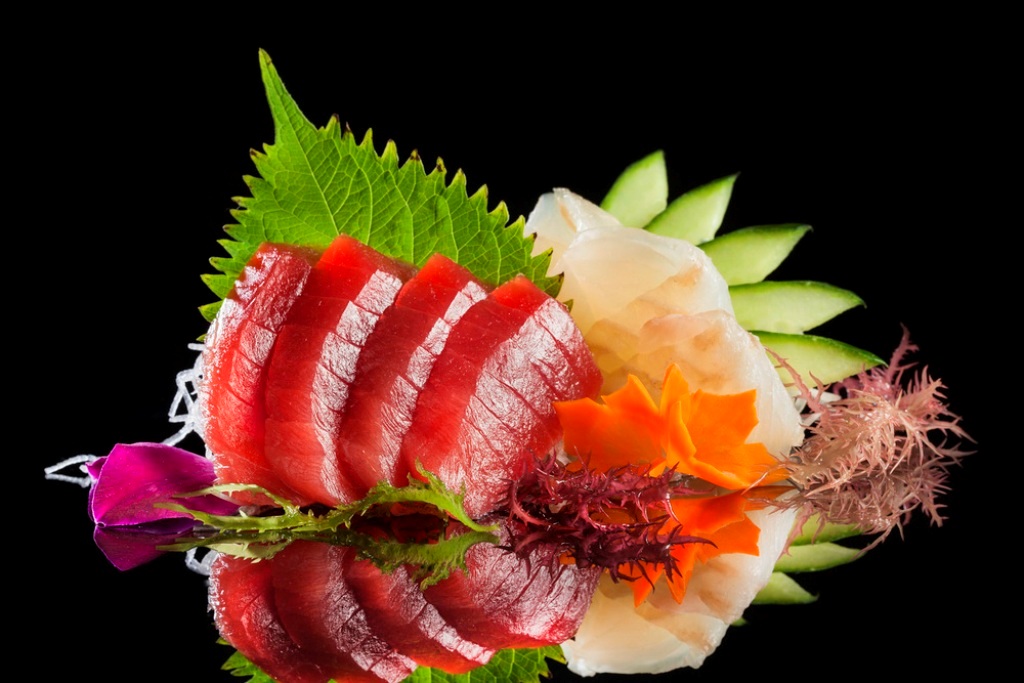
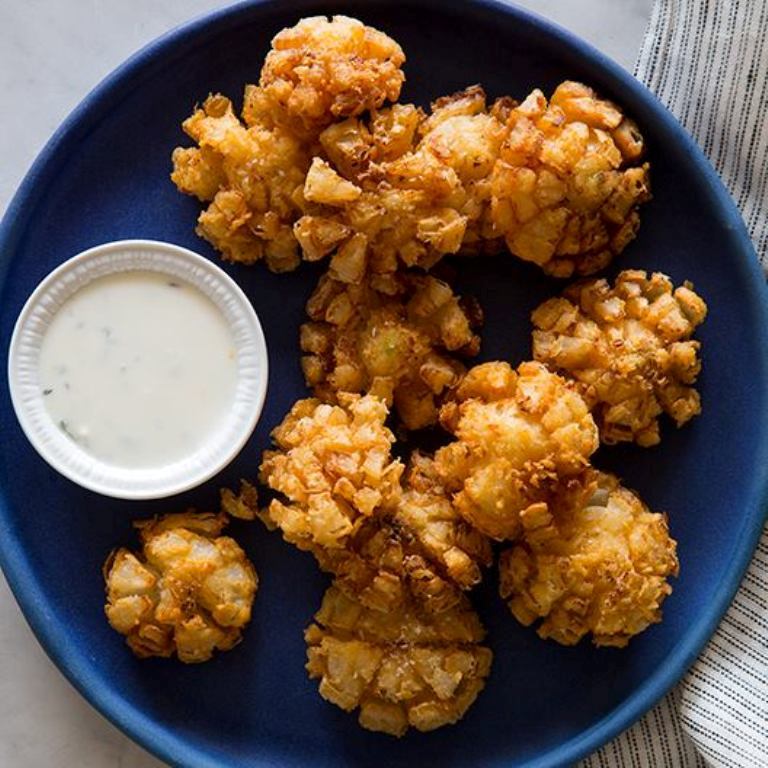
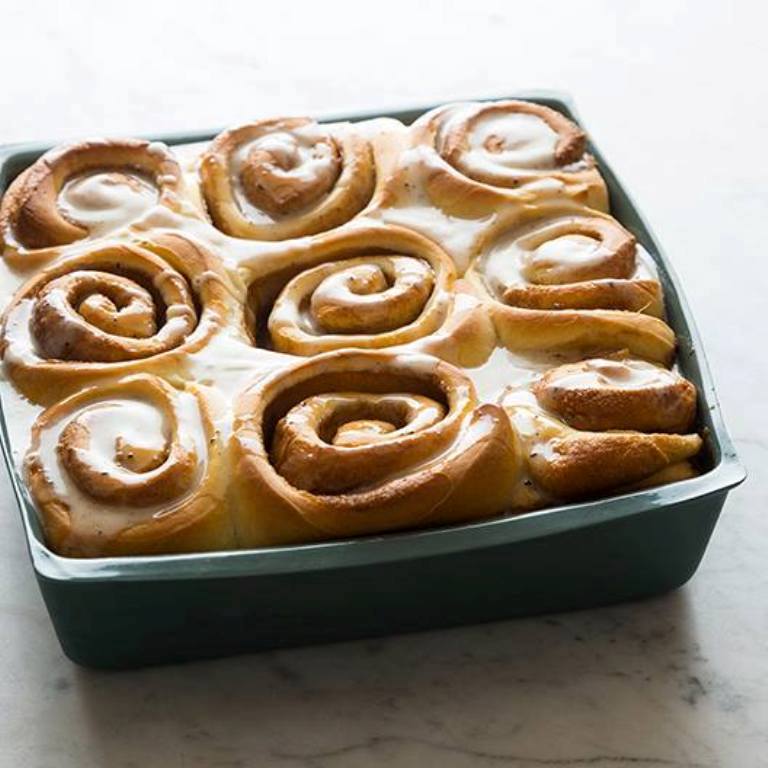
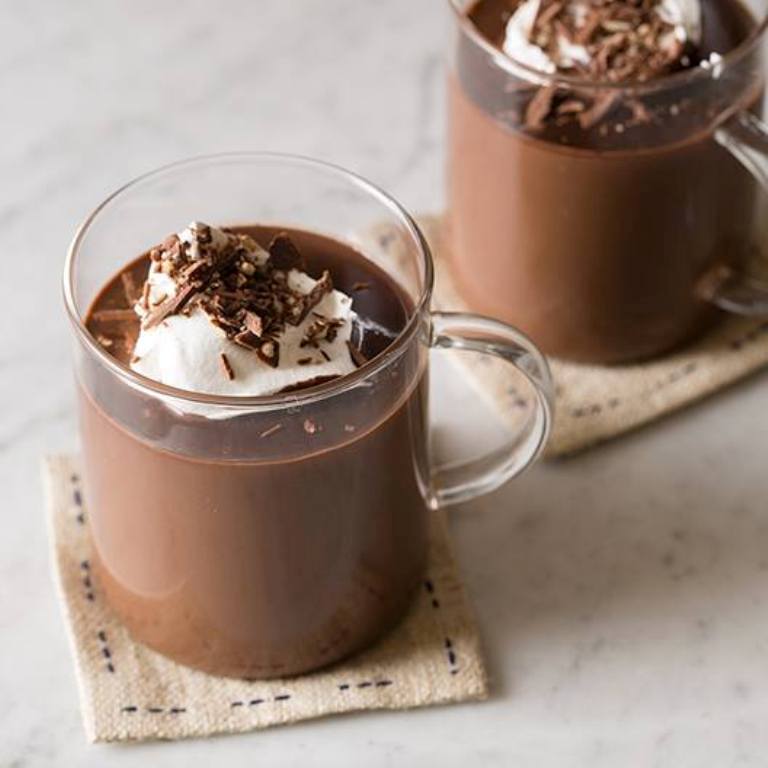
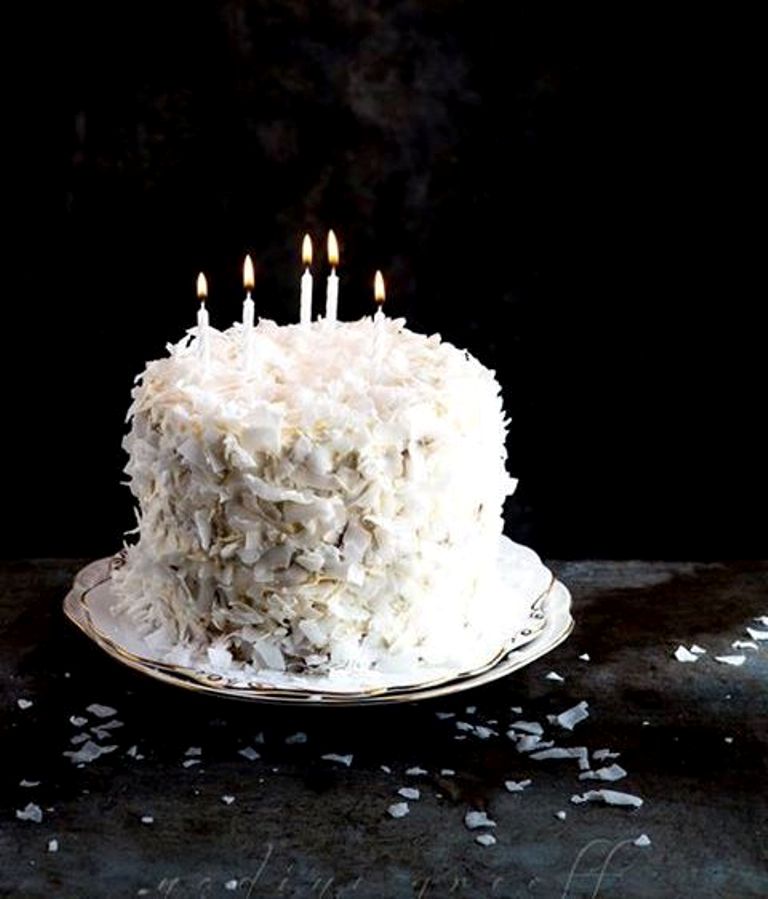

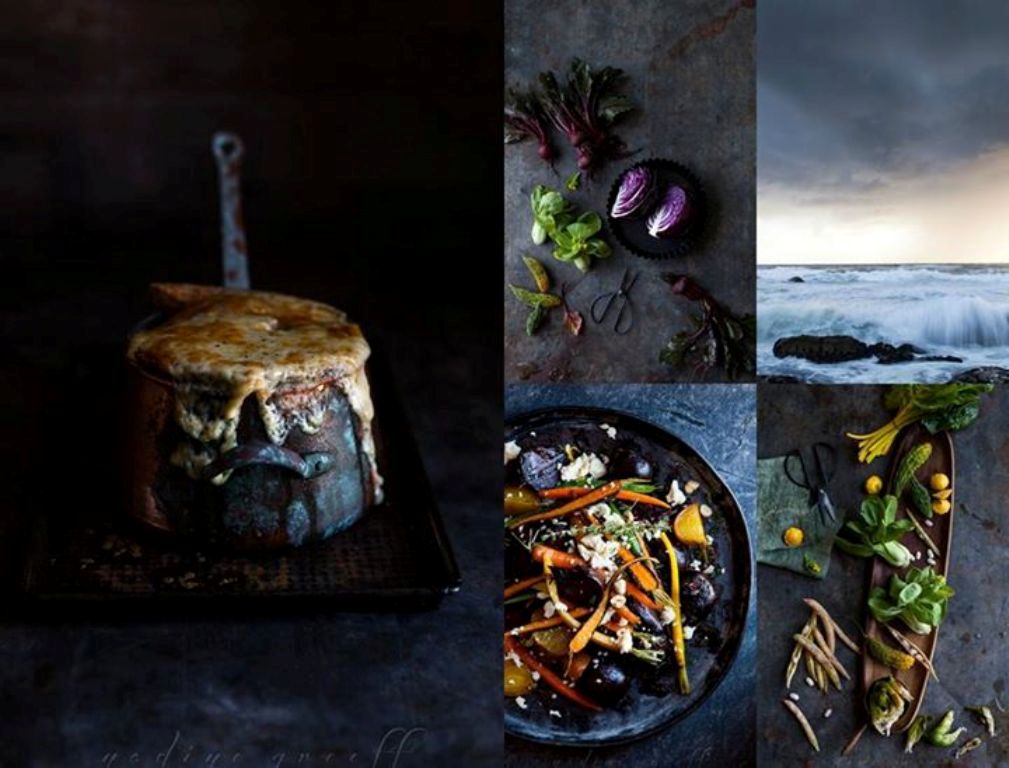
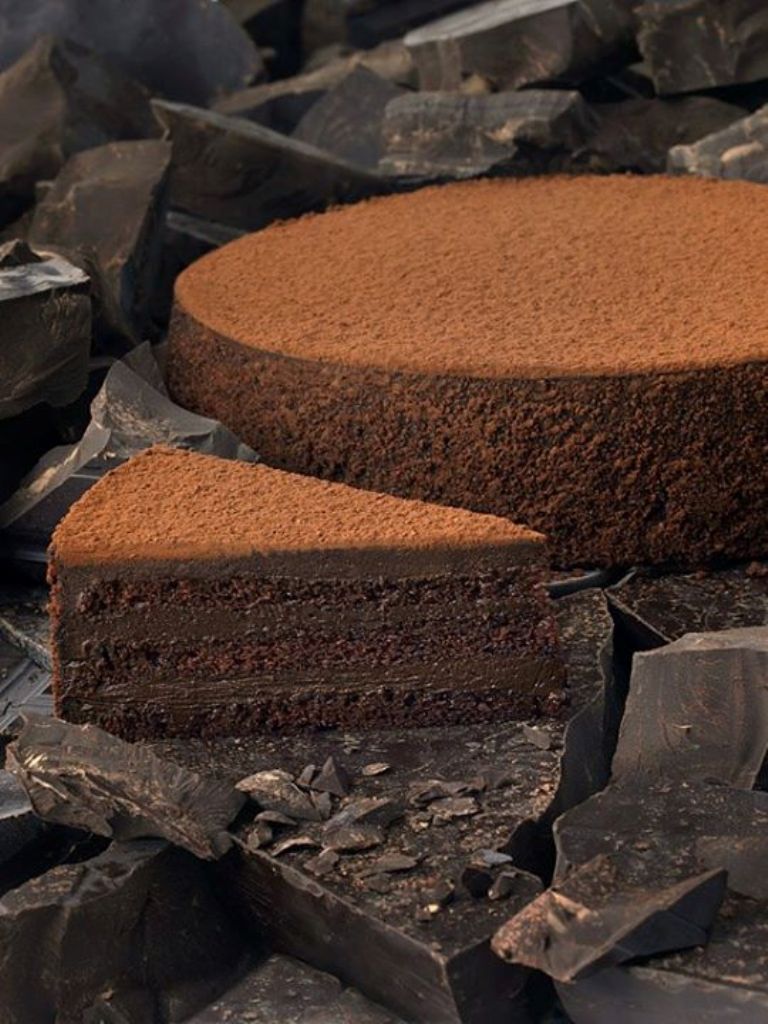
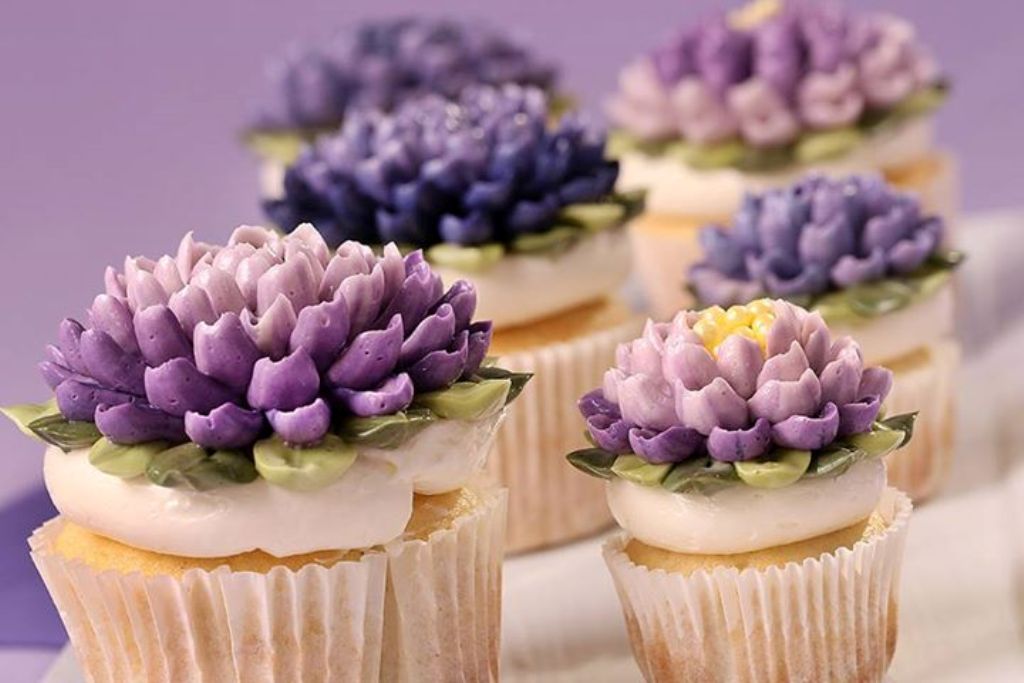
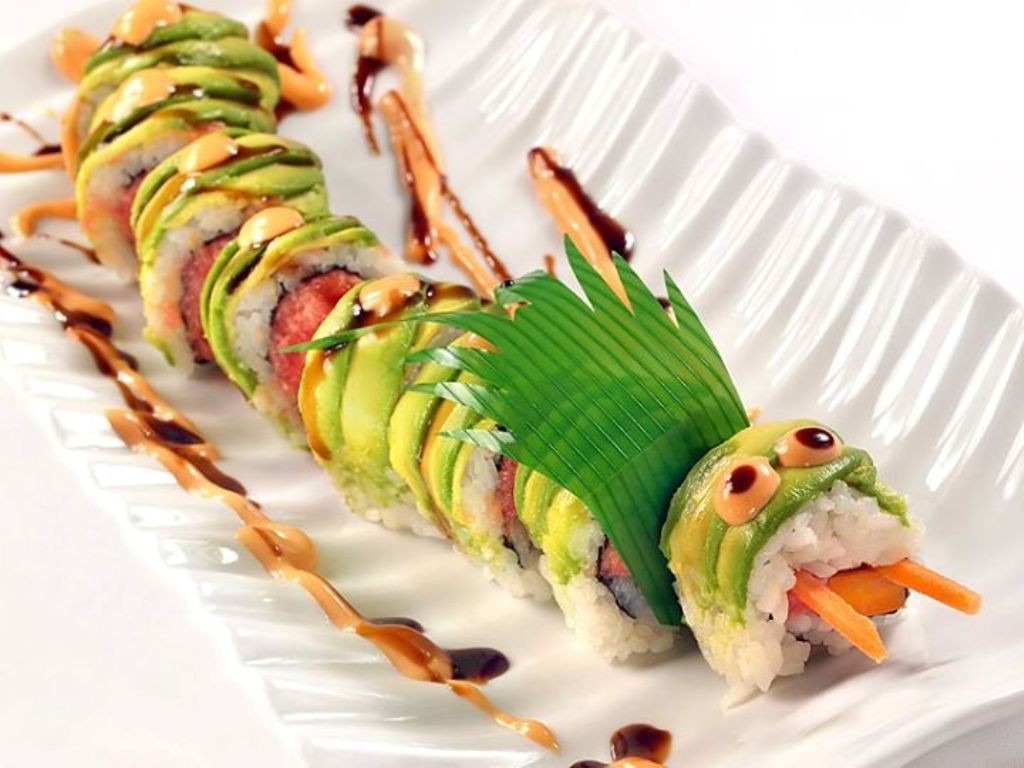
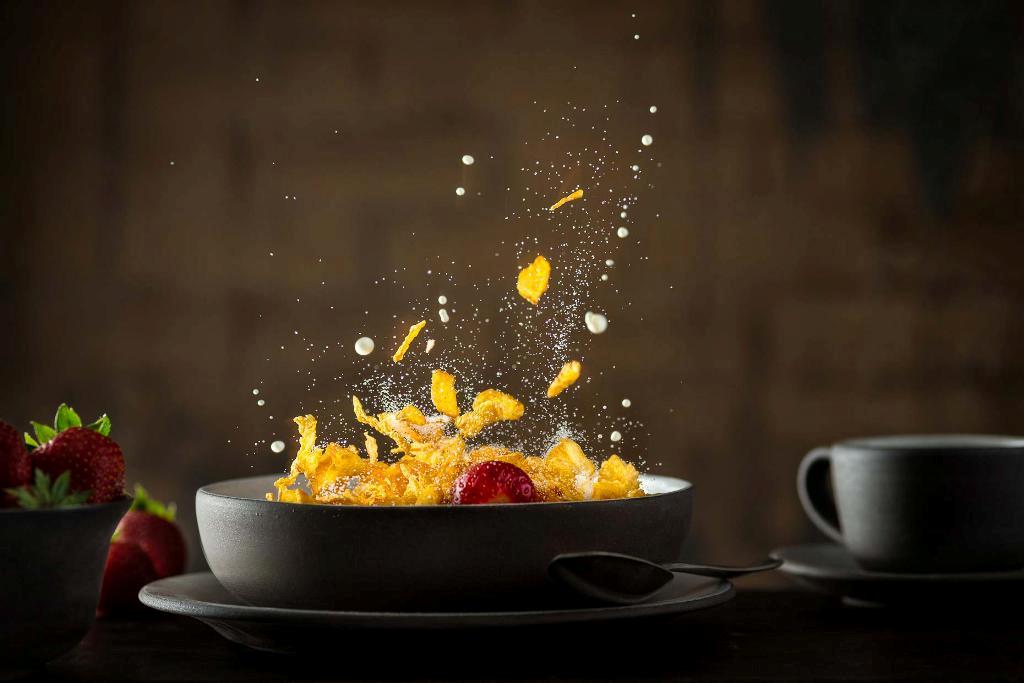
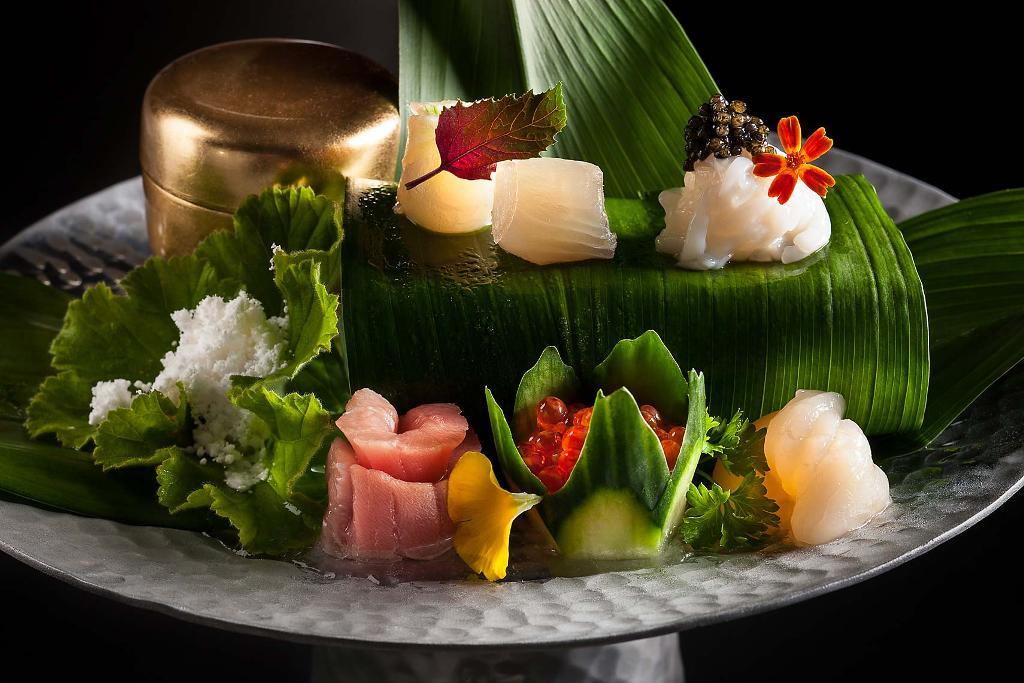
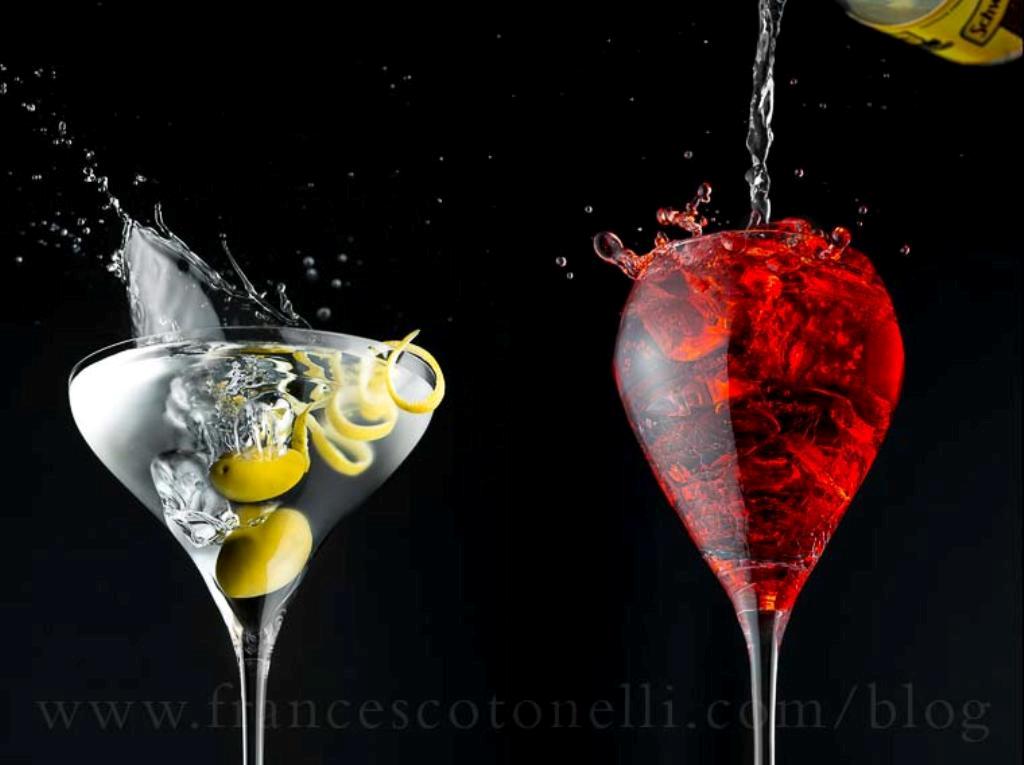
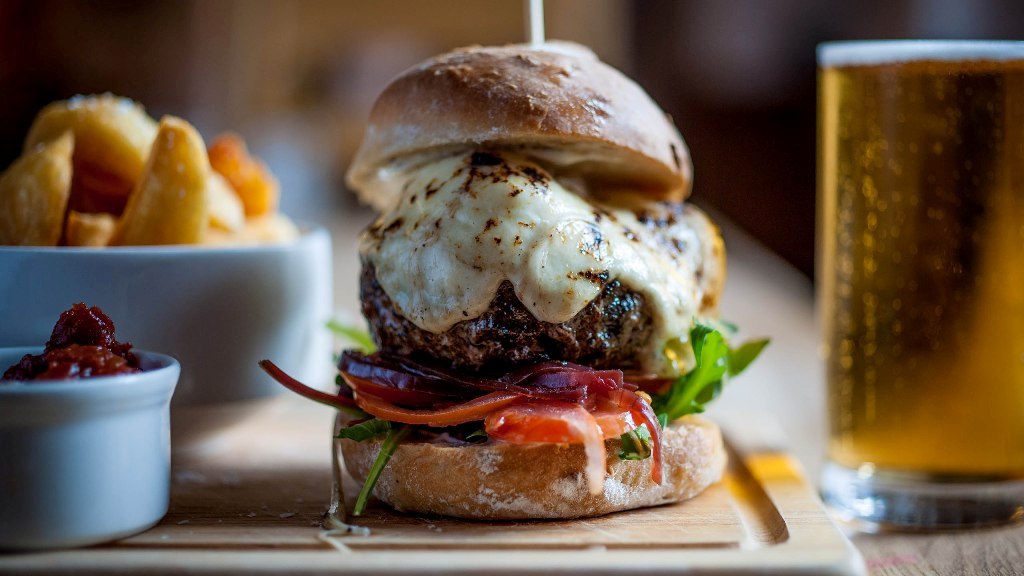
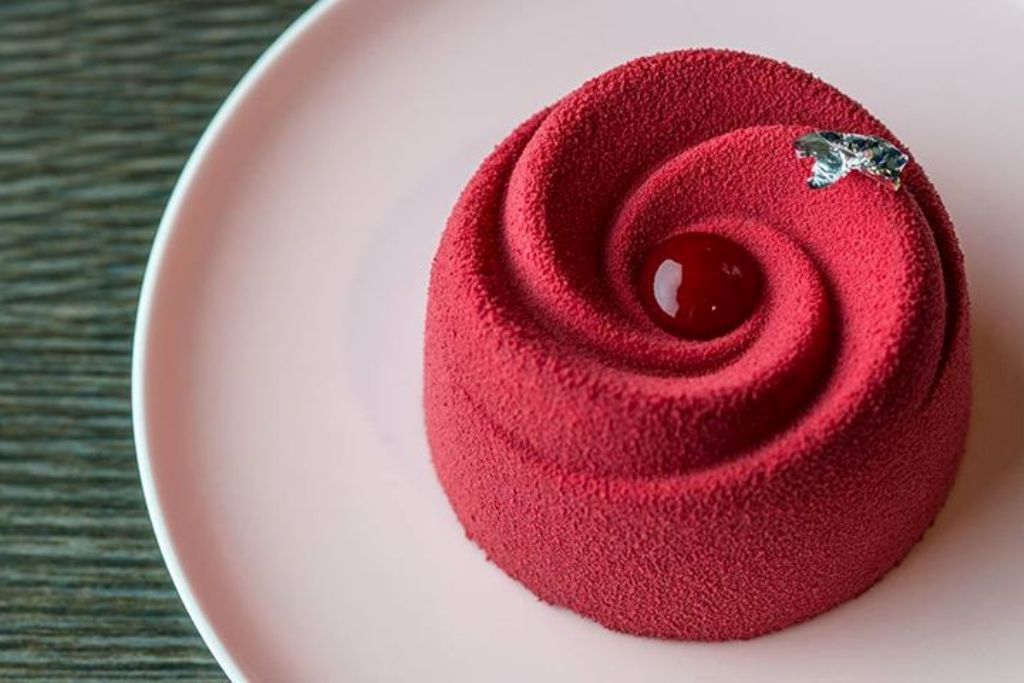
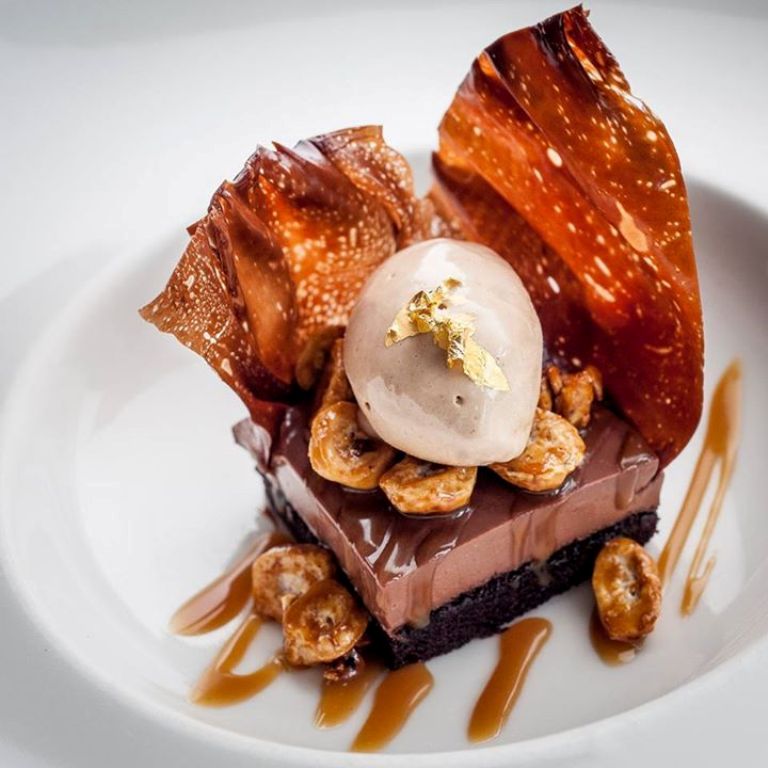
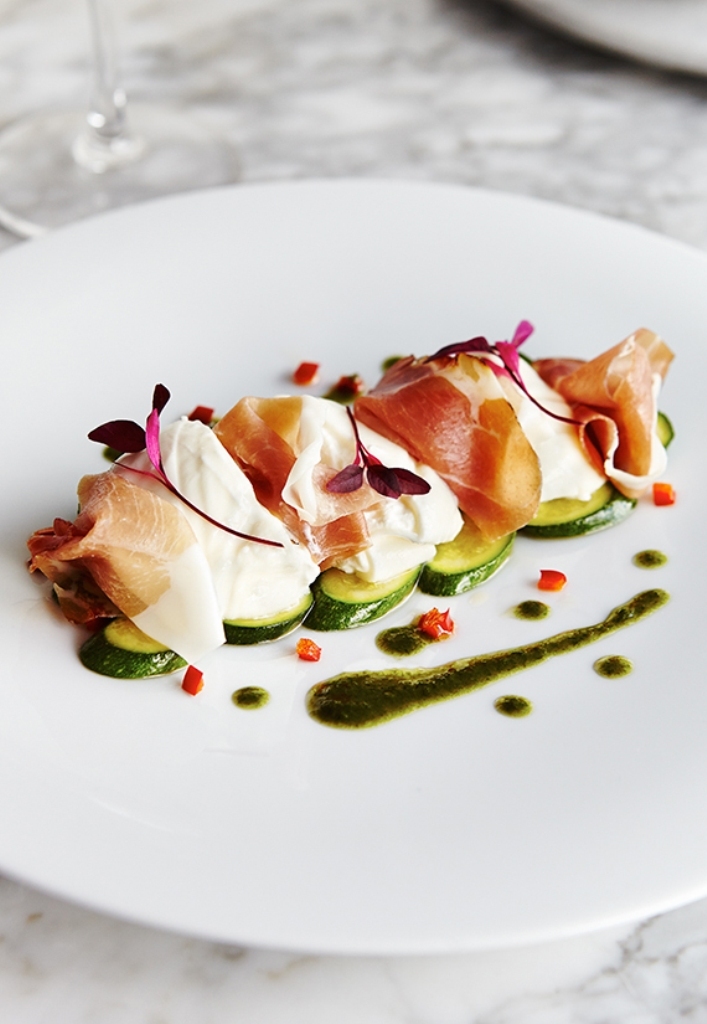
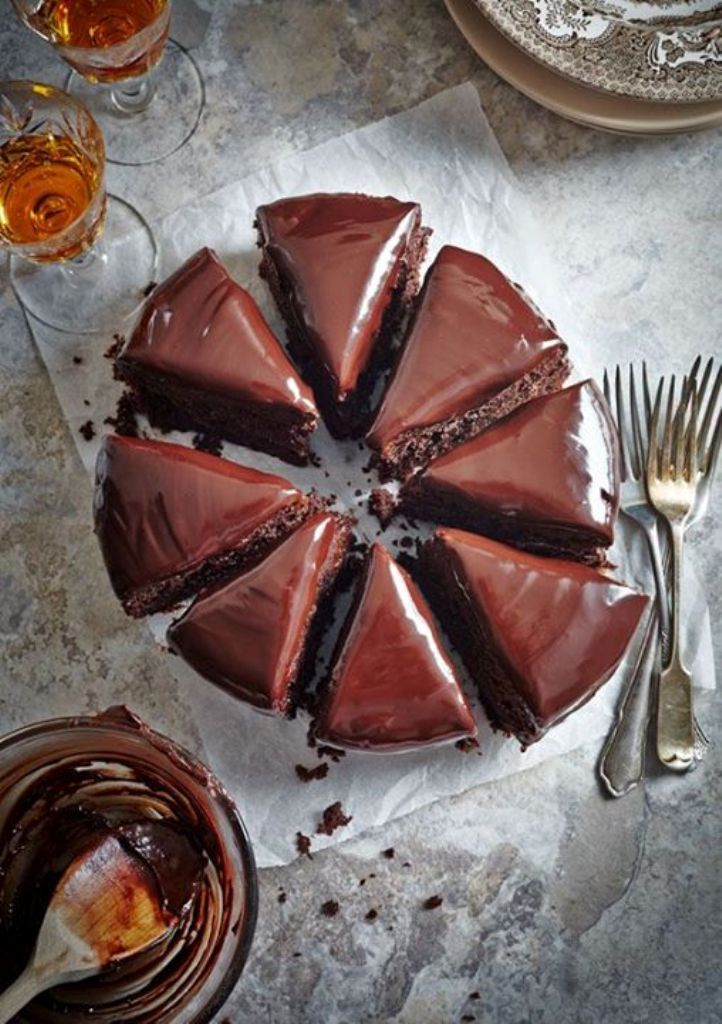

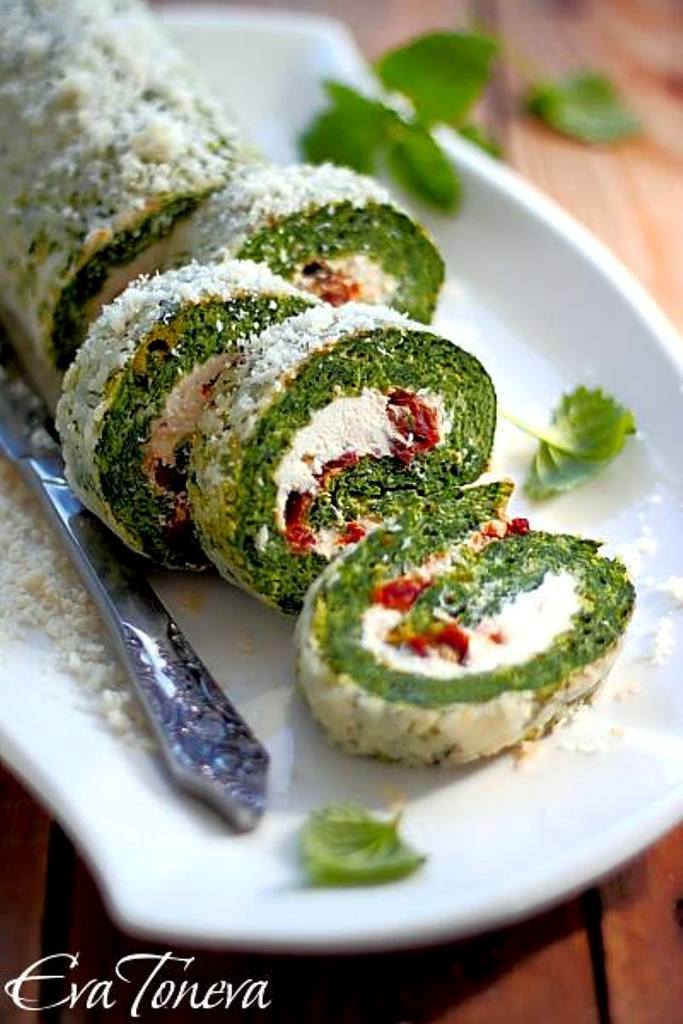
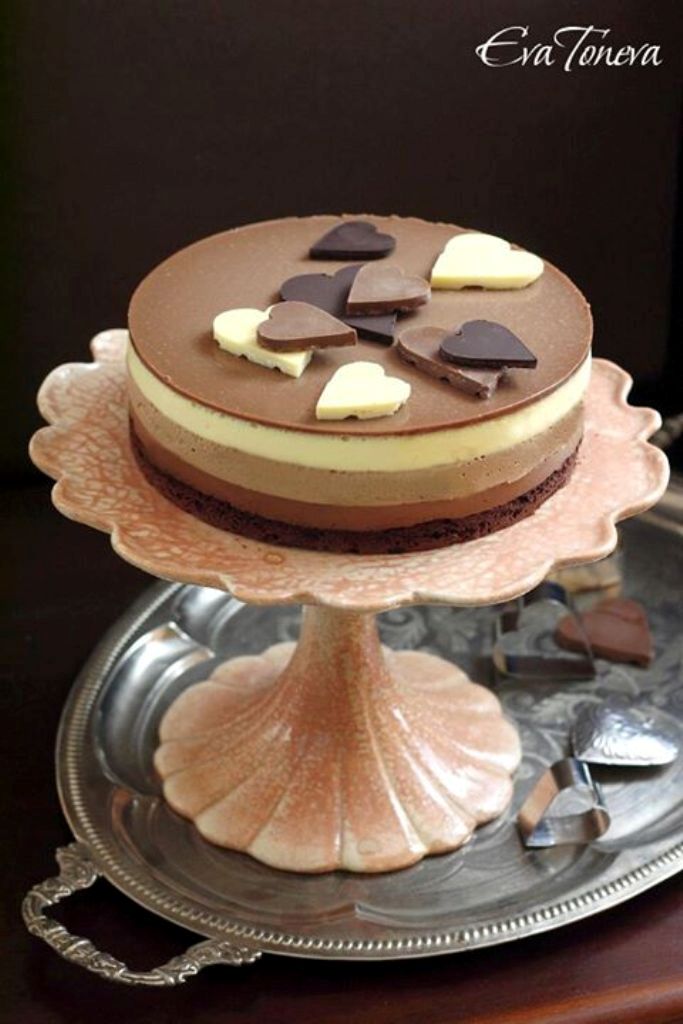
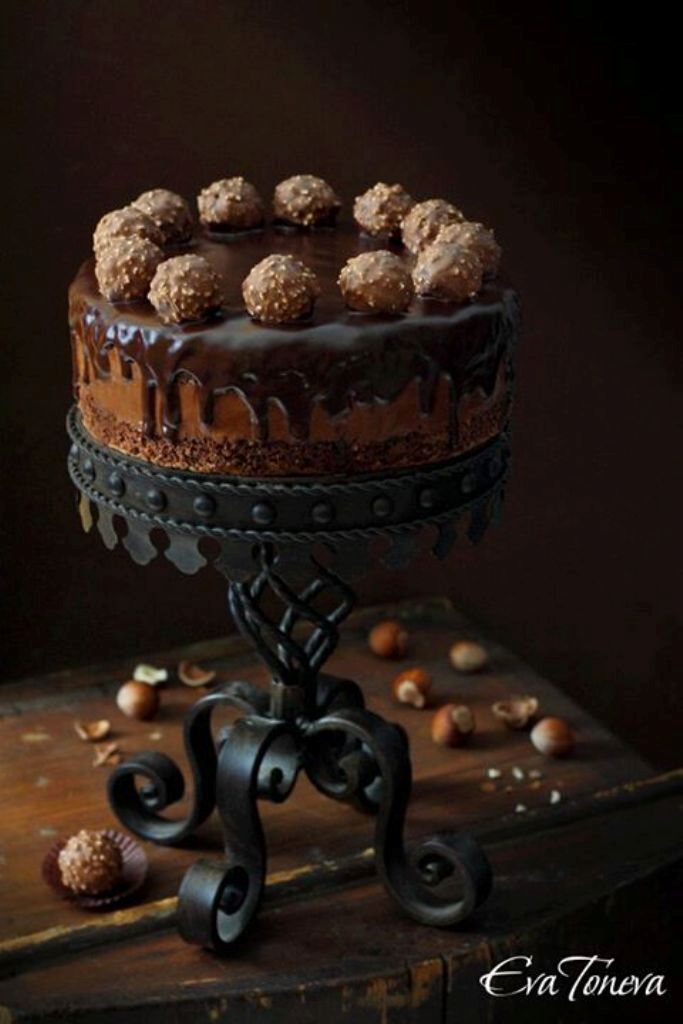
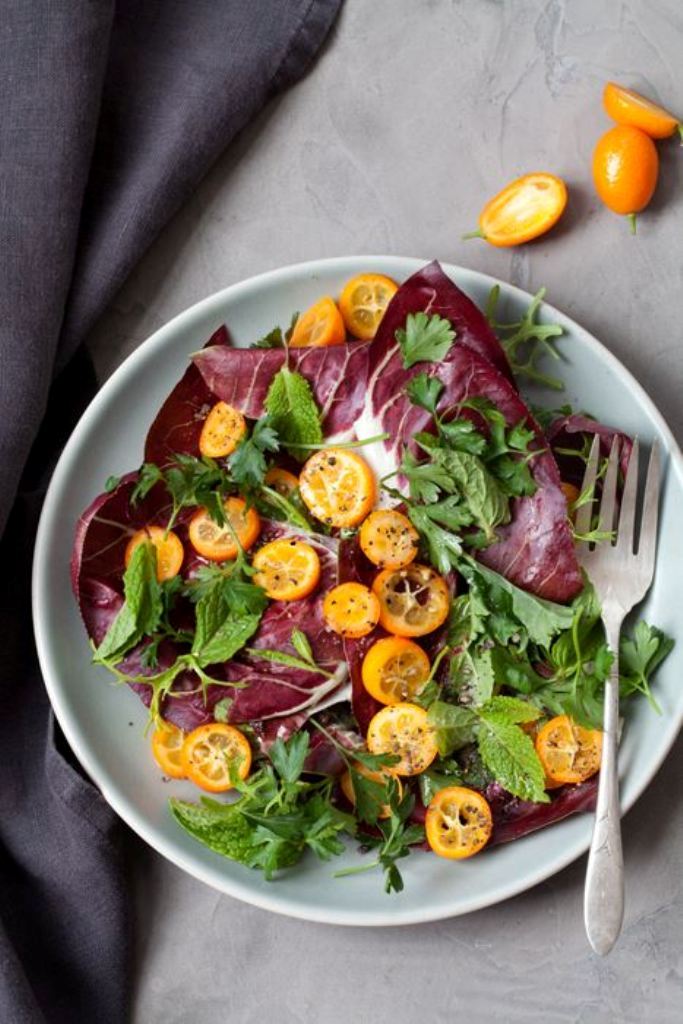
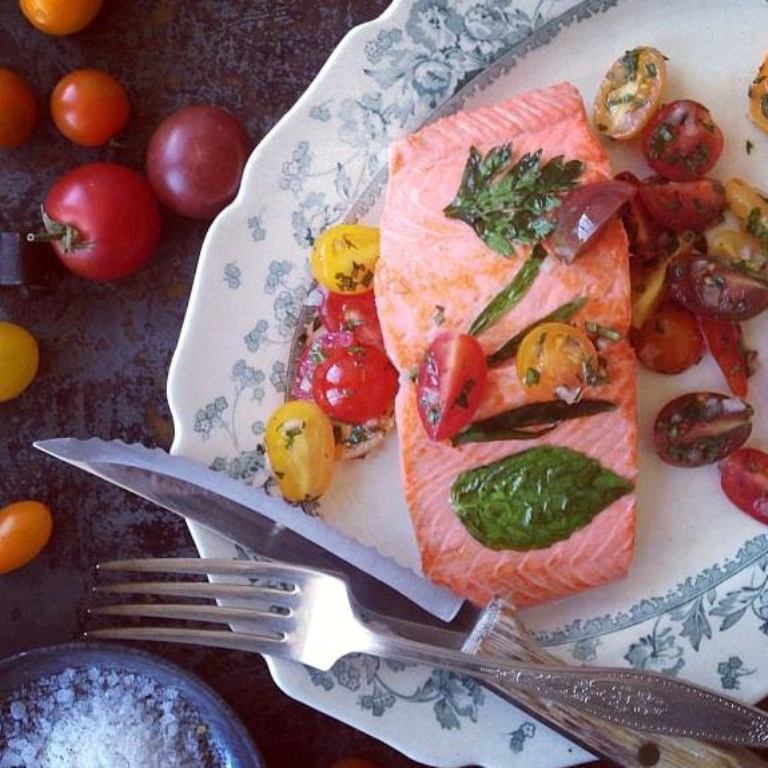
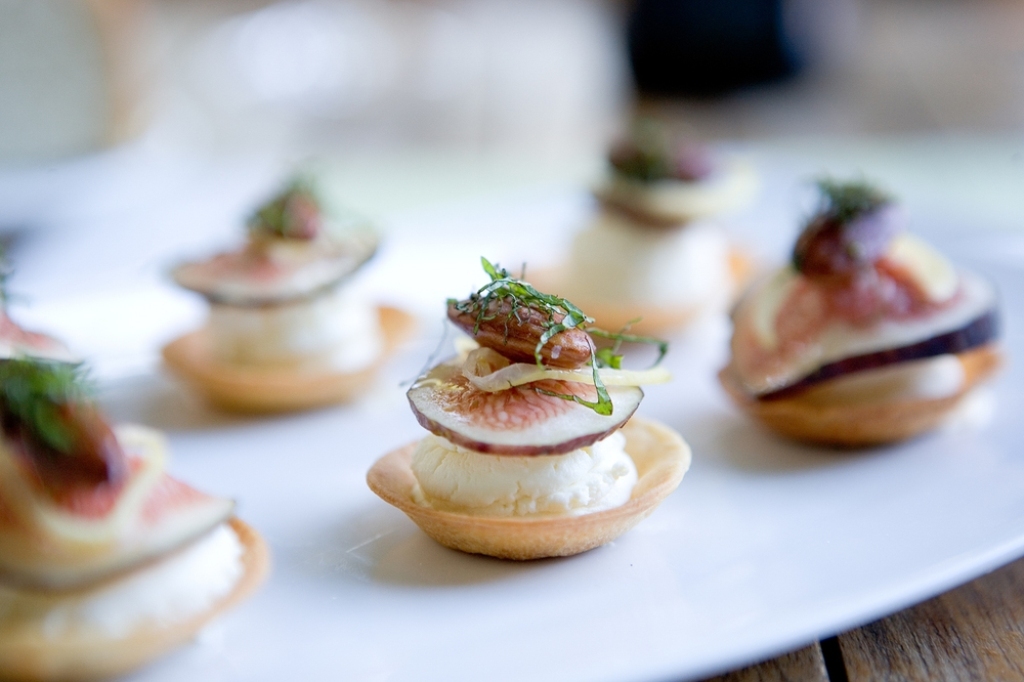
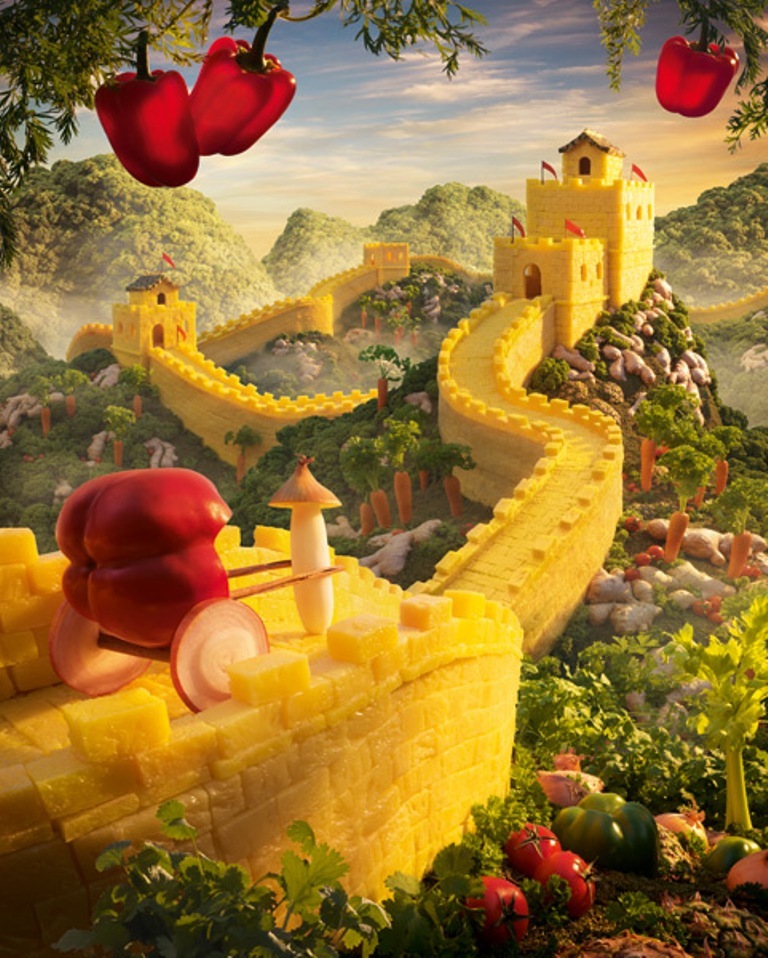
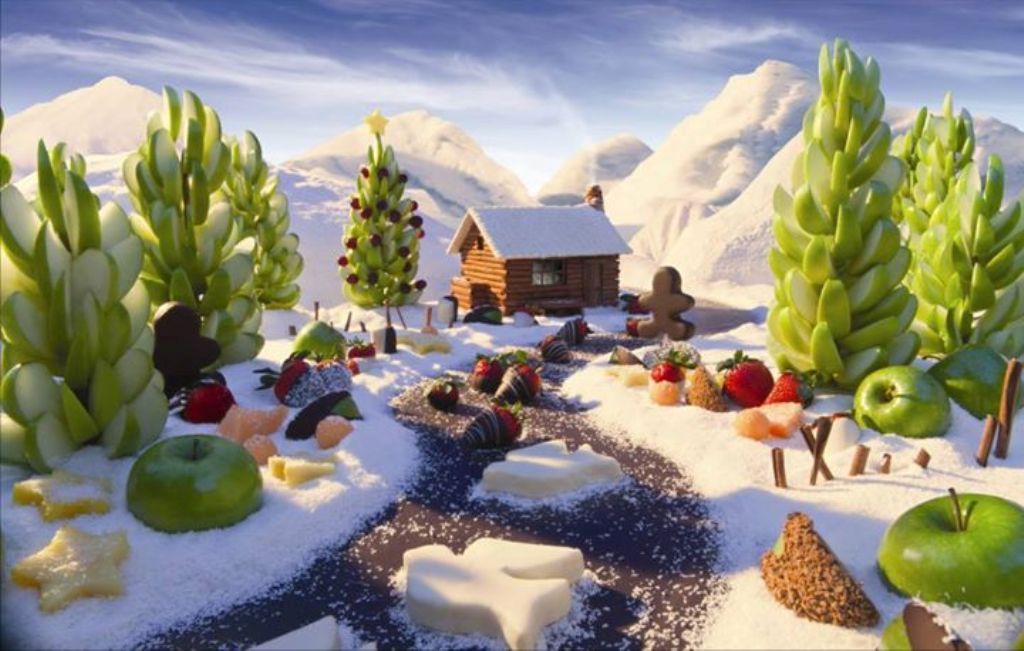
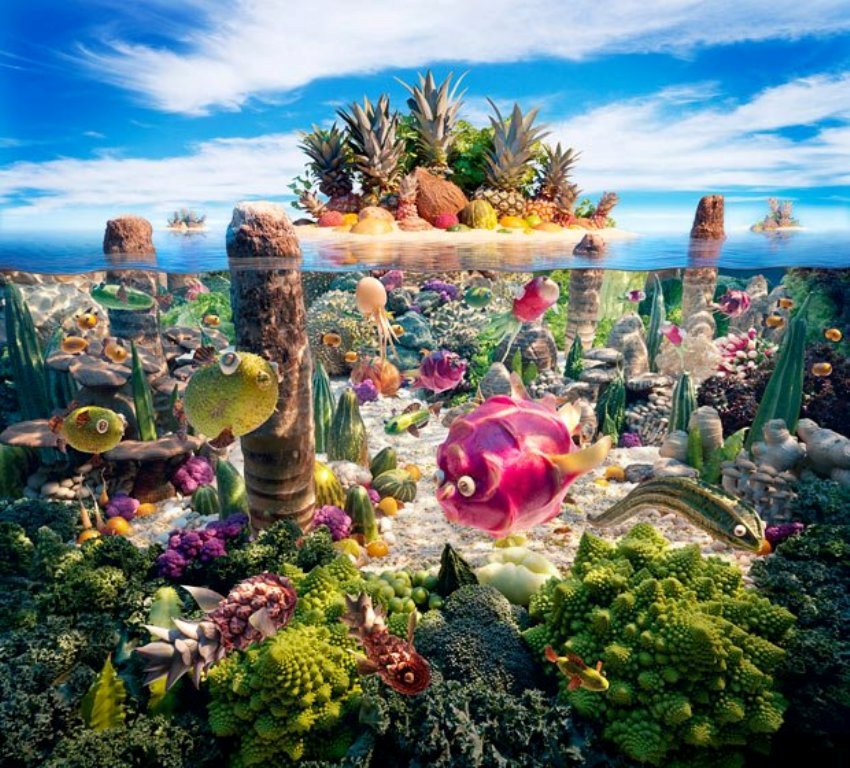
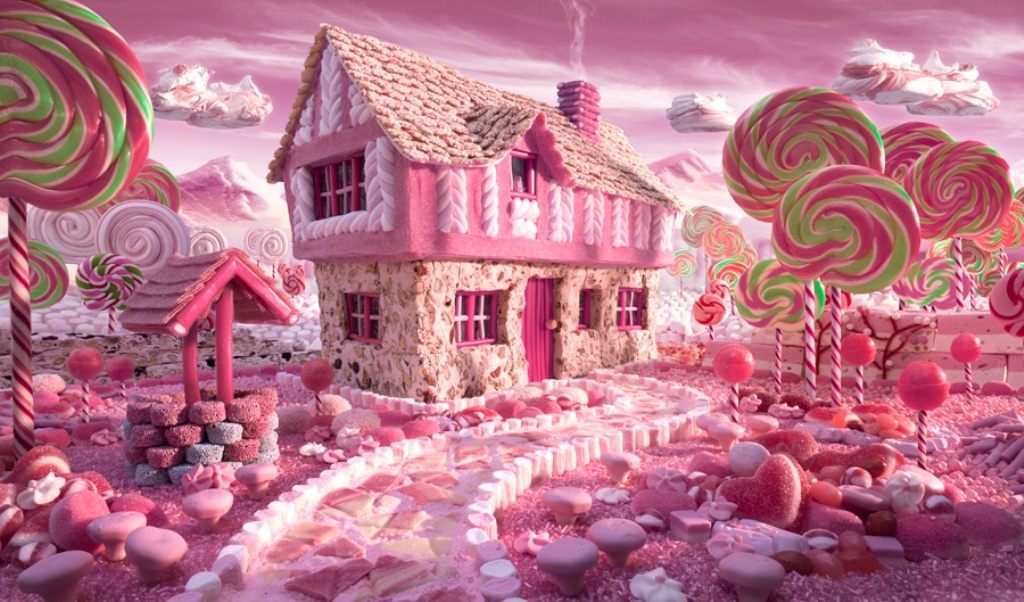
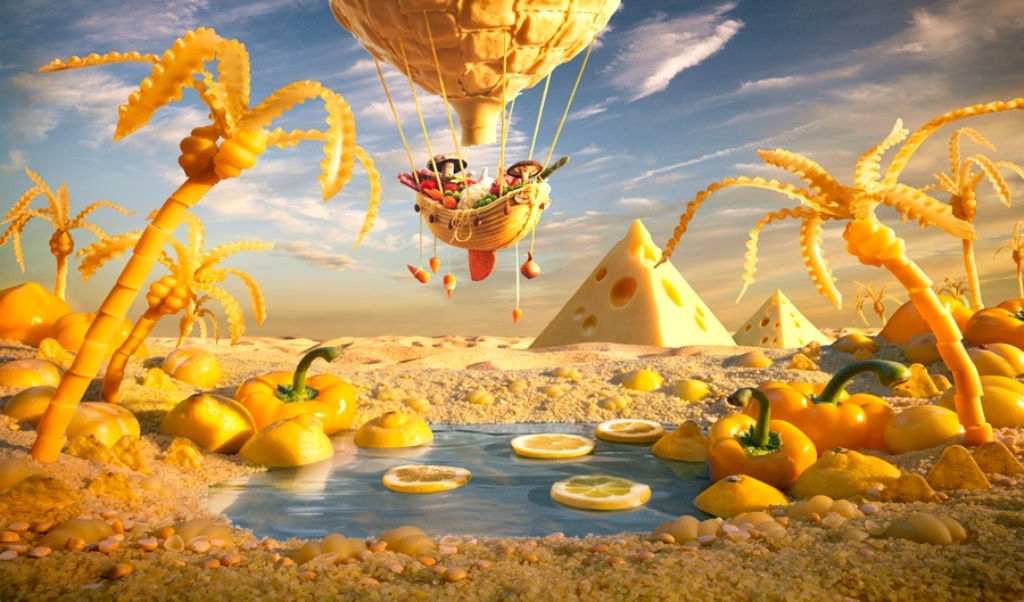
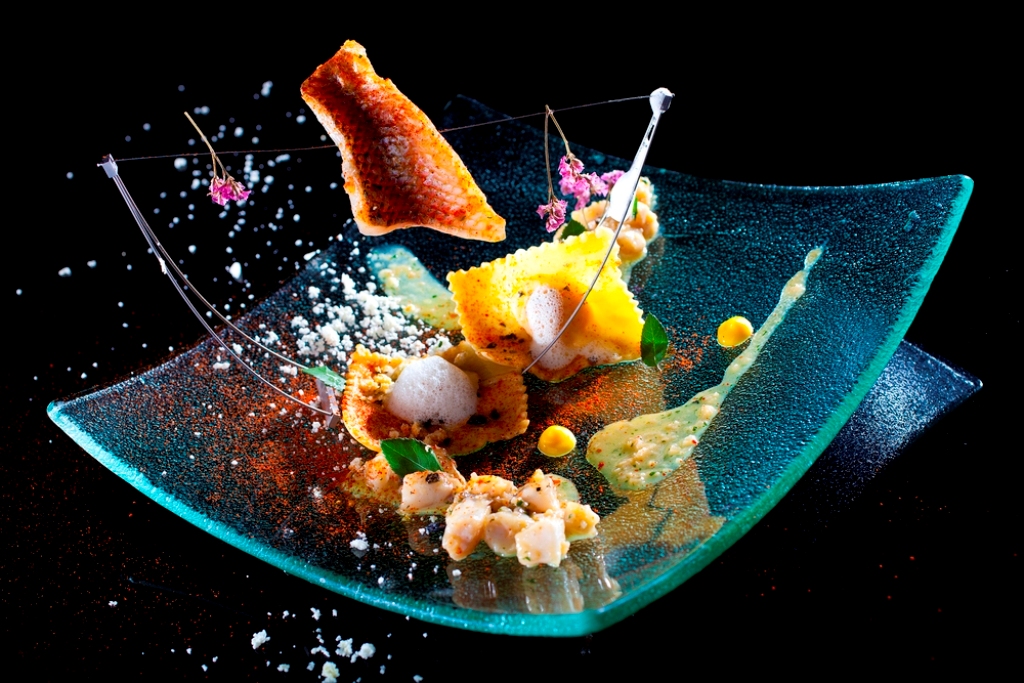
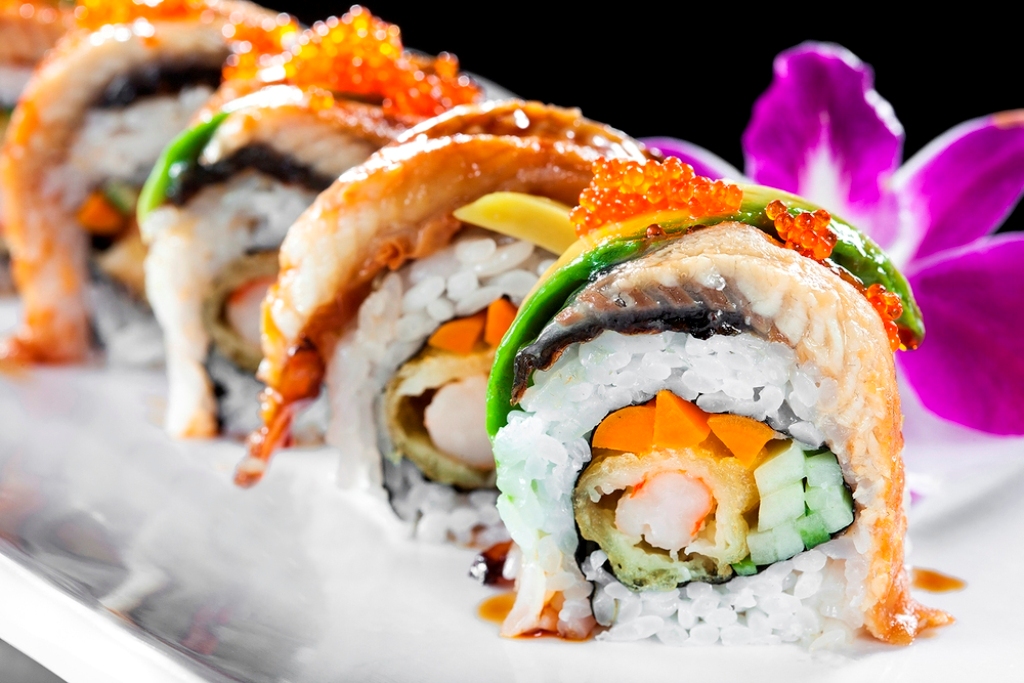
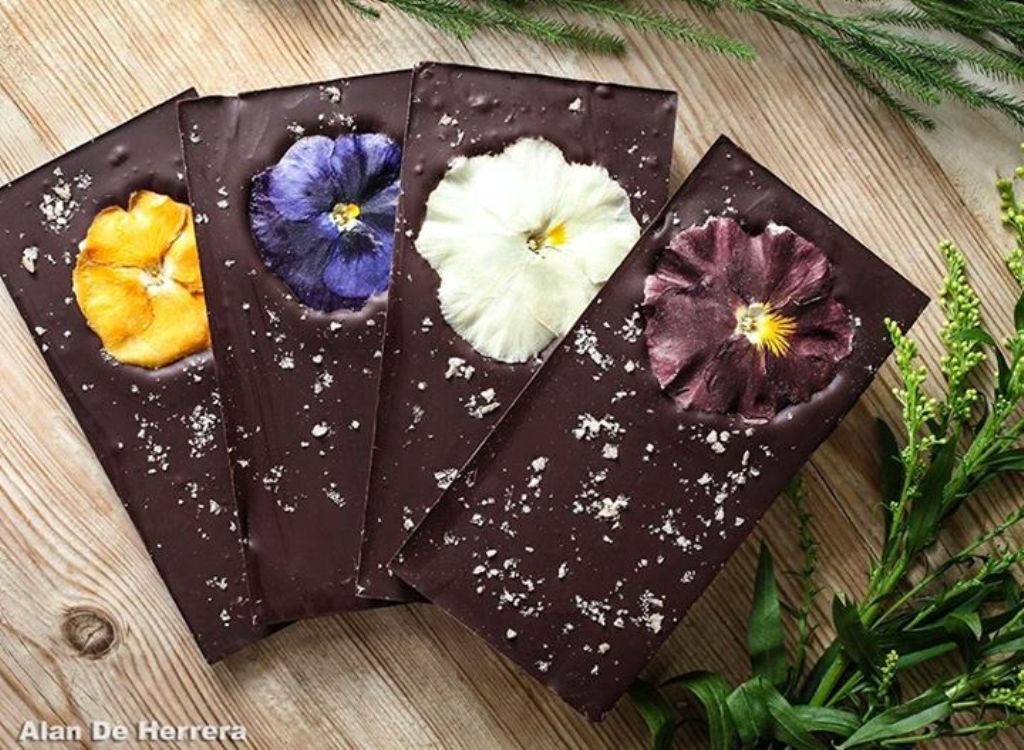
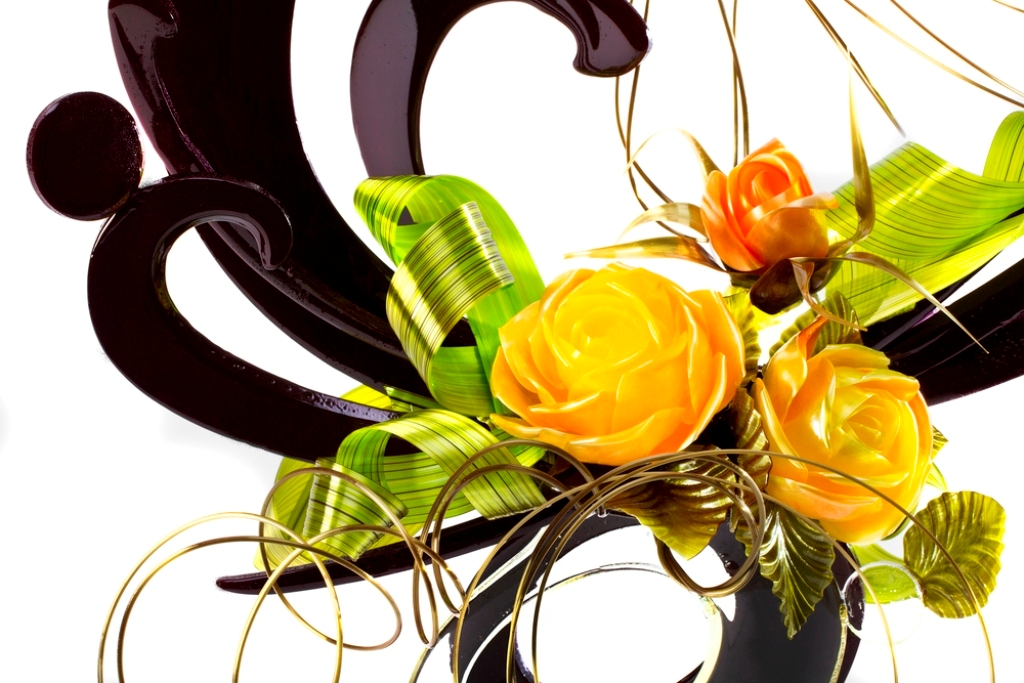


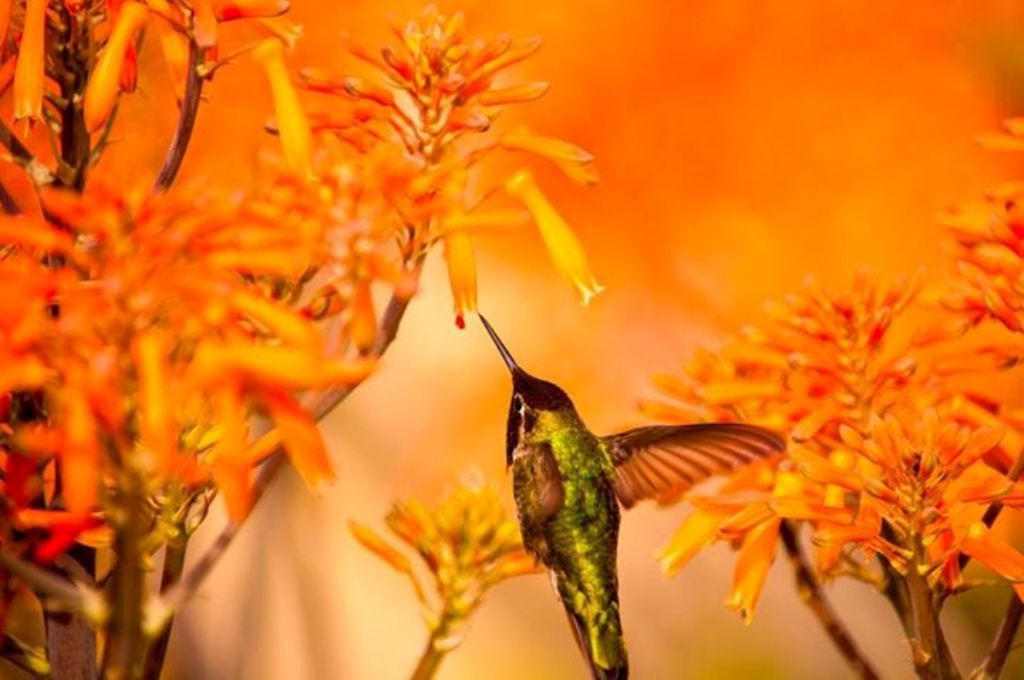
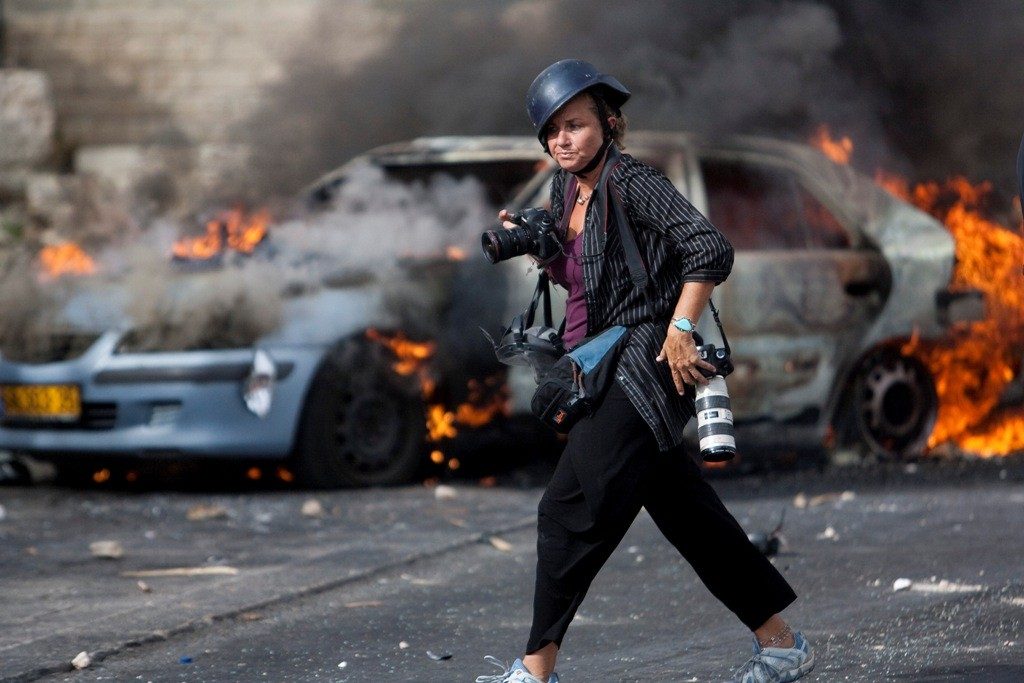
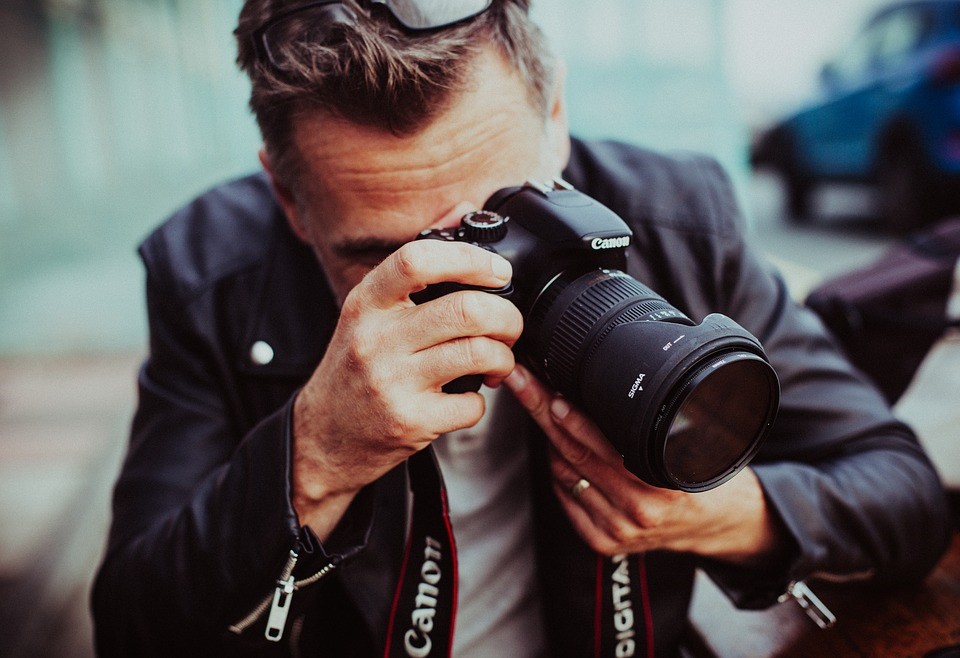

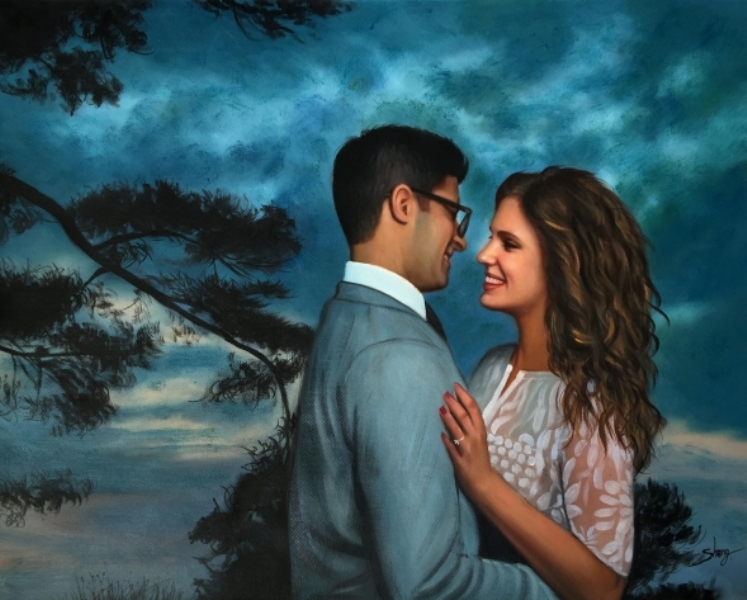

Some great food photographers there
WOW awesome stuff!